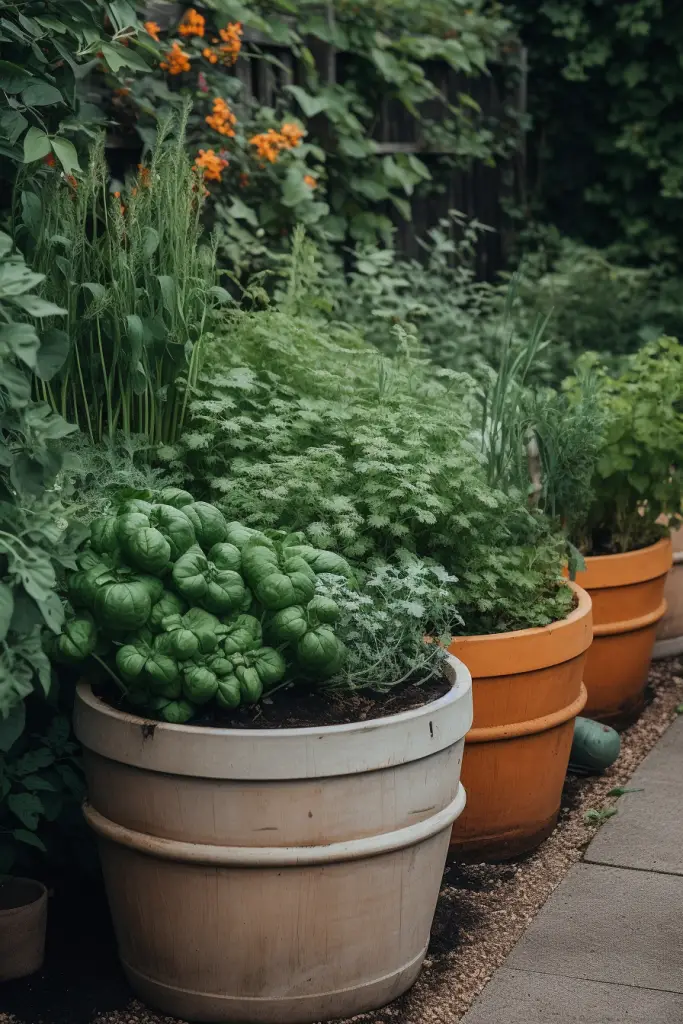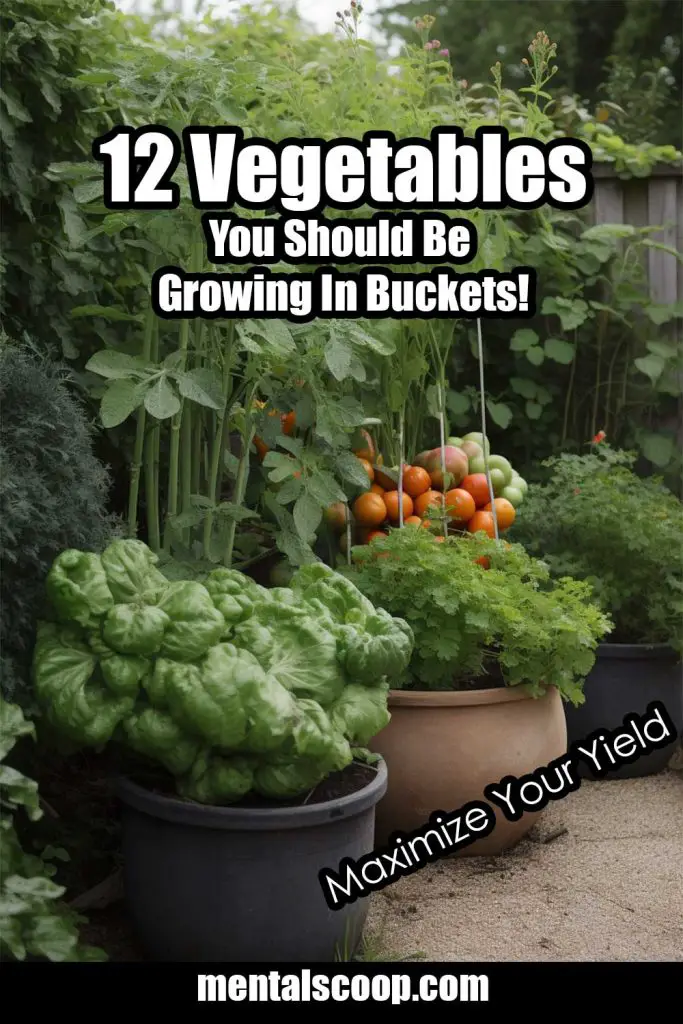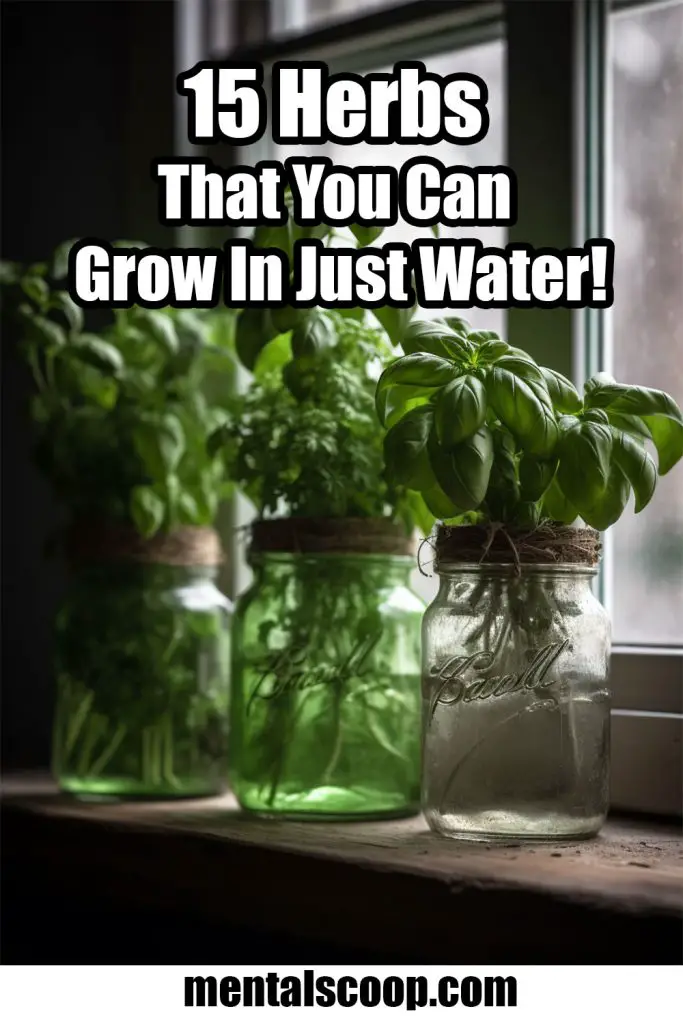
When it comes to gardening, not everyone has access to a large backyard or a dedicated patch of land. However, this doesn’t mean that you can’t enjoy the pleasures of growing your own vegetables.
Container gardening has become increasingly popular in recent years, especially for those who have limited space, and growing vegetables in buckets is an excellent way to get started.
Here are 12 vegetables that are better grown in buckets:
Tomatoes
Tomatoes are a staple in most vegetable gardens and are easy to grow in buckets. You can plant one or two plants per bucket, depending on the size of the container.
Make sure to choose a large bucket (at least 5-gallon size) and add support for the plants to climb, like a tomato cage or stake.
Peppers
Peppers also grow well in buckets and require similar growing conditions as tomatoes. They also need a minimum of 5-gallon container size, and you can plant up to two plants per bucket. Peppers prefer a warm and sunny location, so make sure to place the container in a spot that gets plenty of sunlight.
Cucumbers
Cucumbers are another vegetable that can be grown in buckets. They require a large container (at least 5-gallon size) and need support to climb, like a trellis or stakes. Cucumbers thrive in warm weather and need plenty of water, so make sure to keep the soil moist.
Eggplant
Eggplant is a heat-loving vegetable that grows well in buckets. Choose a large container, at least 5-gallon size, and make sure to provide support for the plant to grow upright. Eggplants also need plenty of sunshine and warm soil to thrive.
Zucchini
Zucchini is a fast-growing vegetable that can be grown in buckets. Choose a large container, at least 5-gallon size, and make sure to provide support for the plant to grow upright. Zucchini needs plenty of water and sunshine to thrive, so make sure to keep the soil moist.
Lettuce
Lettuce is a cool-season vegetable that can be grown in buckets. Choose a container that is at least 12 inches deep and wide and fill it with well-draining soil. Lettuce prefers cooler temperatures and partial shade, so place the container in a spot that gets a few hours of sunlight a day.
Spinach
Spinach is another cool-season vegetable that can be grown in buckets. Choose a container that is at least 6 inches deep and wide and fill it with well-draining soil. Spinach also prefers cooler temperatures and partial shade, so place the container in a spot that gets a few hours of sunlight a day.
Carrots
Carrots can be grown in containers as long as the container is at least 12 inches deep and wide. Carrots need loose soil to grow, so make sure to fill the container with well-draining soil. Carrots prefer cooler temperatures and partial shade, so place the container in a spot that gets a few hours of sunlight a day.
Radishes
Radishes are a quick-growing vegetable that can be grown in containers. Choose a container that is at least 6 inches deep and wide and fill it with well-draining soil. Radishes prefer cooler temperatures and partial shade, so place the container in a spot that gets a few hours of sunlight a day.
Beets
Beets can be grown in containers as long as the container is at least 12 inches deep and wide. Beets prefer cooler temperatures and partial shade, so place the container in a spot that gets a few hours of sunlight a day. Beets also need well-draining soil to grow.
Green Beans
Green beans can be grown in containers, and bush varieties work best for smaller spaces. Choose a container that is at least 12 inches deep and wide and fill it with well-draining soil. Green beans need support to grow, so make sure to provide stakes or trellis for them to climb.
Kale
Kale is a superfood that can be grown in containers. Choose a container that is at least 12 inches deep and wide and fill it with well-draining soil. Kale prefers cooler temperatures and partial shade, so place the container in a spot that gets a few hours of sunlight a day.
Overall
Now that we have covered the 12 vegetables that are better grown in buckets, let’s discuss the advantages of growing vegetables in containers.
- Space-saving: Containers take up less space than traditional gardens, making them an ideal choice for those who live in apartments or have limited space.
- Convenience: Container gardening is more convenient than traditional gardening. You can easily move the containers around, and there is less bending and kneeling involved.
- Better soil control: Growing vegetables in containers allows you to have more control over the soil quality, ensuring that your plants get the nutrients they need.
- Pest control: Container gardening makes it easier to control pests and diseases since you can isolate the plants from the rest of the garden.
- Harvesting: Container gardening makes harvesting easier since the plants are at a comfortable height and easier to reach.
- Cost-effective: Container gardening can be a cost-effective way to grow vegetables since it requires less water and fertilizer than traditional gardening.
When growing vegetables in containers, it is important to choose the right container size. Larger vegetables, like tomatoes and cucumbers, need at least a 5-gallon container, while smaller plants like lettuce and spinach can be grown in smaller containers. It is also important to use well-draining soil to ensure that the plants do not become waterlogged.

More interesting articles you may be interested in reading:

How To Remove A Tree Stump Painlessly
10 Vital Home Maintenance Tasks You’ll Regret If You Forget
See How Much Propane Is Left In A Tank With No Gauge
Thanks for reading and be sure to share this info with your friends using the socia
Thanks for reading and be sure to share this info with your friends using the social share buttons below.
Talking about social stuff, consider liking our Facebook page to keep up to date with our articles. Check out our other articles for more mental scoops!
